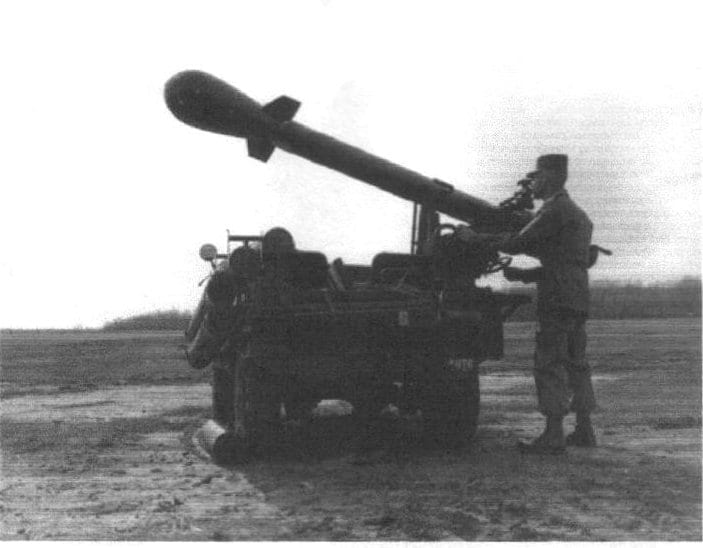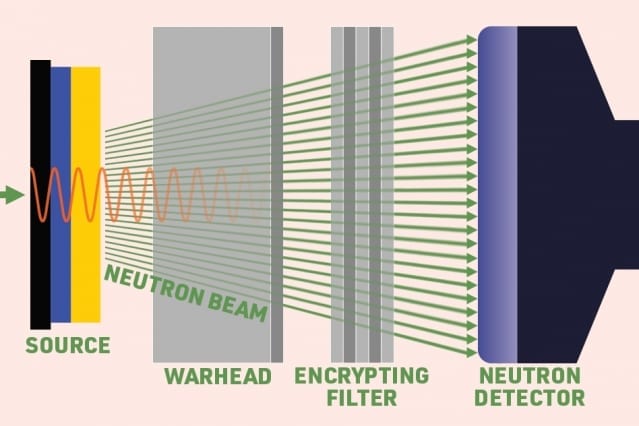
The United States, Russia and China are now aggressively pursuing a new generation of smaller, less destructive nuclear weapons. The buildups threaten to revive a Cold War-era arms race and unsettle the balance of destructive force among nations that has kept the nuclear peace for more than a half-century.
It is, in large measure, an old dynamic playing out in new form as an economically declining Russia, a rising China and an uncertain United States resume their one-upmanship.
American officials largely blame the Russian president, Vladimir V. Putin, saying his intransigence has stymied efforts to build on a 2010 arms control treaty and further shrink the arsenals of the two largest nuclear powers. Some blame the Chinese, who are looking for a technological edge to keep the United States at bay. And some blame the United States itself for speeding ahead with a nuclear “modernization” that, in the name of improving safety and reliability, risks throwing fuel on the fire.
President Obama acknowledged that danger at the end of the Nuclear Security Summit meeting in Washington early this month. He warned of the potential for “ramping up new and more deadly and more effective systems that end up leading to a whole new escalation of the arms race.”
For a president who came to office more than seven years ago talking about eventually ridding the world of nuclear weapons, it was an admission that an American policy intended to reduce the centrality of atomic arms might contribute to a second nuclear age.
One of the few veterans of the Cold War in his administration, James R. Clapper, the director of national intelligence, told the Senate Armed Services Committee during his annual global threat assessment, “We could be into another Cold War-like spiral.” Yet it is different from Mr. Clapper’s earlier years, when he was an Air Force intelligence officer weighing the risks of nuclear strikes that could level cities with weapons measured by the megaton.
Adversaries look at what the United States expects to spend on the nuclear revitalization program — estimated at up to $1 trillion over three decades — and use it to lobby for their own sophisticated weaponry.
Moscow is fielding big missiles topped by miniaturized warheads, and experts fear that it may violate the global test ban as it develops new weapons. According to Russian news reports, the Russian Navy is developing an undersea drone meant to loft a cloud of radioactive contamination from an underwater explosion that would make target cities uninhabitable.
Learn more: Race for Latest Class of Nuclear Arms Threatens to Revive Cold War
The Latest on: Nuclear weapons
[google_news title=”” keyword=”nuclear weapons” num_posts=”10″ blurb_length=”0″ show_thumb=”left”]
via Google News
The Latest on: Nuclear weapons
- House Speaker Mike Johnson called on to pass nuclear weapons reparations for New Mexicanson May 8, 2024 at 4:58 am
Reparations for New Mexicans impacted by nuclear weapons testing could be held up in the GOP-led House of Representatives after the U.S. Senate passed a bill in March to provide payments to those suffering health impacts tied to the tests. The U.S ...
- Russia warns of 'enormous danger' if NATO sends troops to Ukraineon May 8, 2024 at 2:48 am
Russia said on Wednesday that sending NATO troops into Ukraine would potentially be extremely dangerous, and Moscow was closely watching a Ukrainian petition that called for such an intervention. The petition,
- Fusion reactors could create ingredients for a nuclear weapon in weekson May 8, 2024 at 12:00 am
Concern over the risks of enabling nuclear weapons development is usually focused on nuclear fission reactors, but the potential harm from more advanced fusion reactors has been underappreciated
- 'Tsar' Putin Tells the West: Russia Will Talk Only on Equal Termson May 7, 2024 at 6:33 am
Vladimir Putin, honoured like a Russian tsar at his swearing-in for a new six-year presidential term, had a double-edged message for the West: the Kremlin is ready to talk but Russia is girding for victory in Ukraine.
- Terrifying map reveals which parts of Britain would be destroyed by Russian nuclear attackon May 7, 2024 at 6:06 am
It has been reported that the bomb, Tsar Bomba, which is the biggest nuclear weapon to ever be created, would entirely wreck an area 6km across if it was released above Birmingham. As well as claiming 2.4million lives, the explosion would leave people as ...
- Warren Buffett compares AI to nuclear weapons in stark warningon May 6, 2024 at 11:14 am
Warren Buffett is worried about artificial intelligence. At his annual shareholder meeting in Omaha, Nebraska, the 93 year-old co-founder, chairman and CEO of Berkshire Hathaway issued a stark warning about the potential dangers of the technology.
- Russia-Ukraine war live: Kyiv urges allies not to recognise Putin as ‘legitimate president’ as Moscow announces nuclear weapons drillson May 6, 2024 at 9:24 am
British ambassador is summoned and told that installations and equipment in Ukraine and elsewhere could be targeted. 16:13 Sweden’s foreign minister, Tobias Billström, said Russia’s planned nuclear drills “contribute to increasing instability”.
via Bing News










